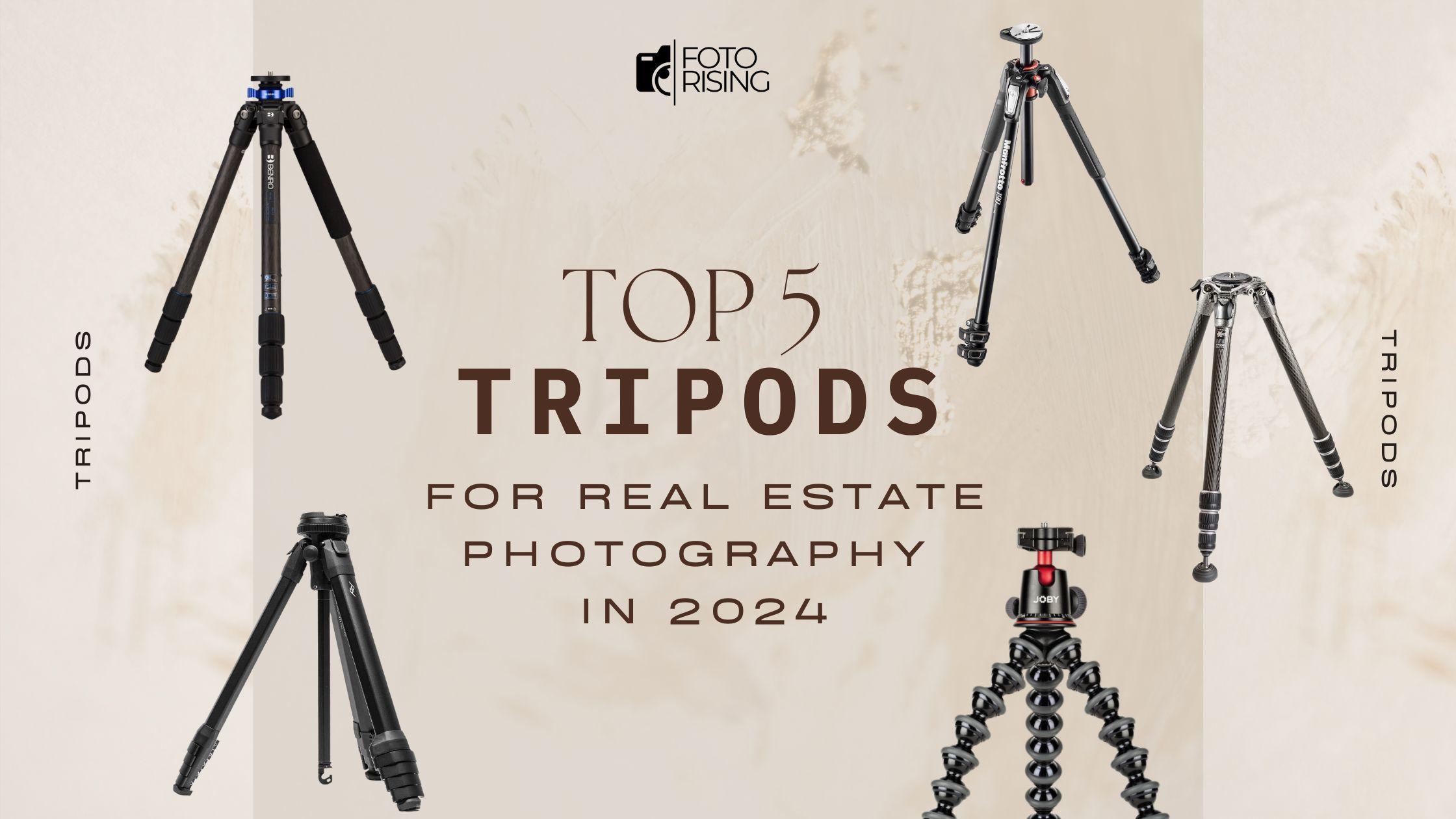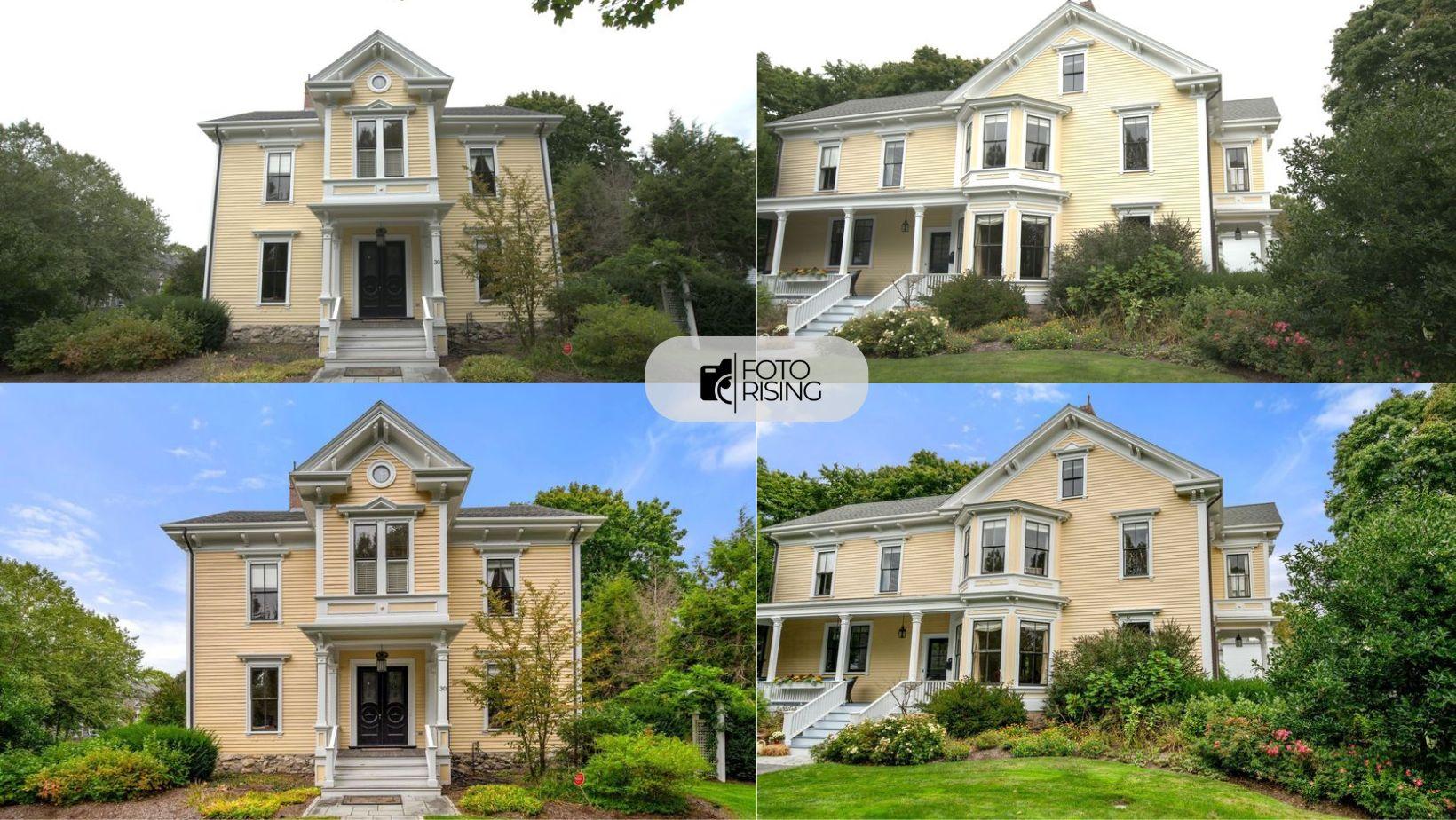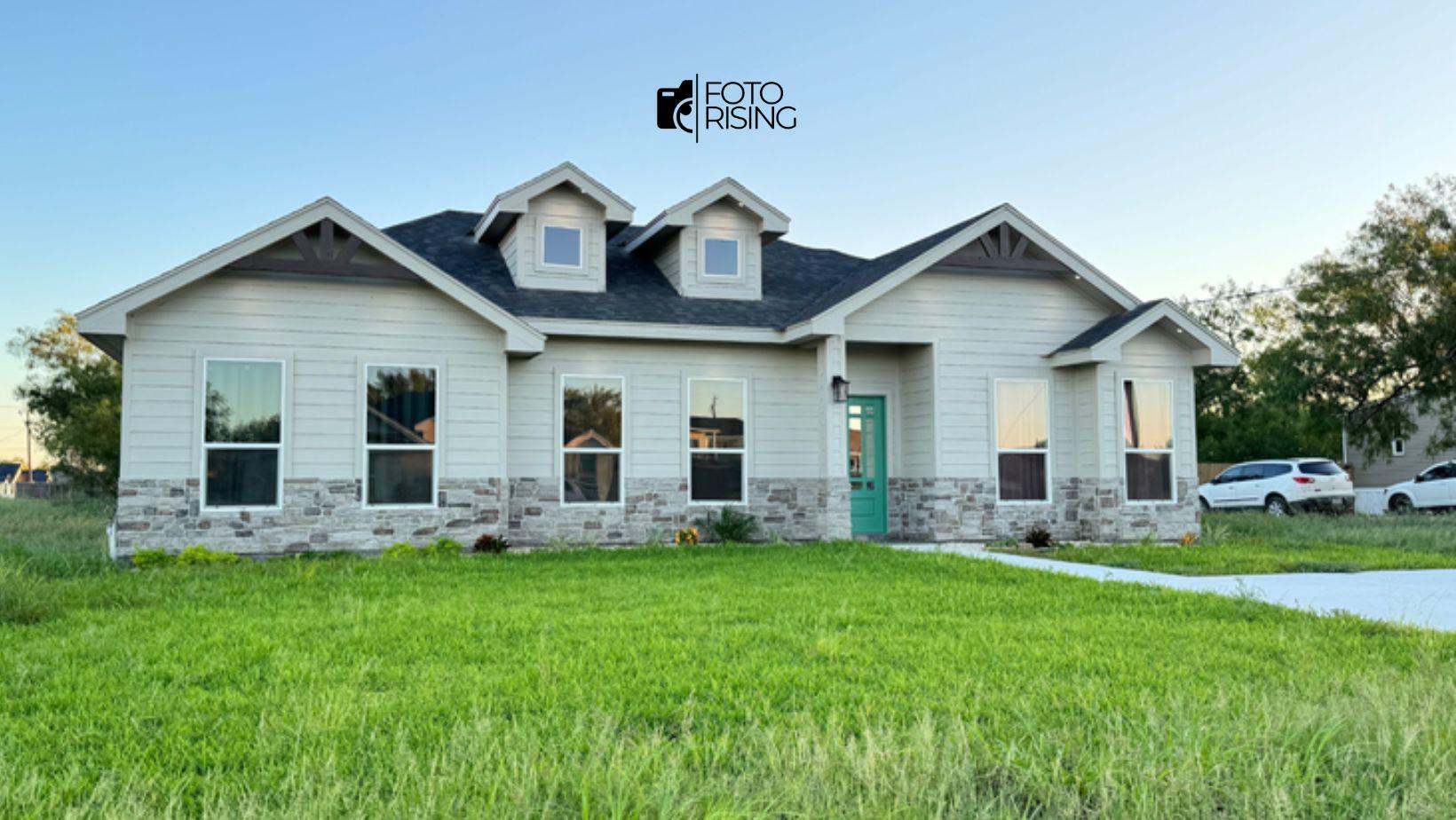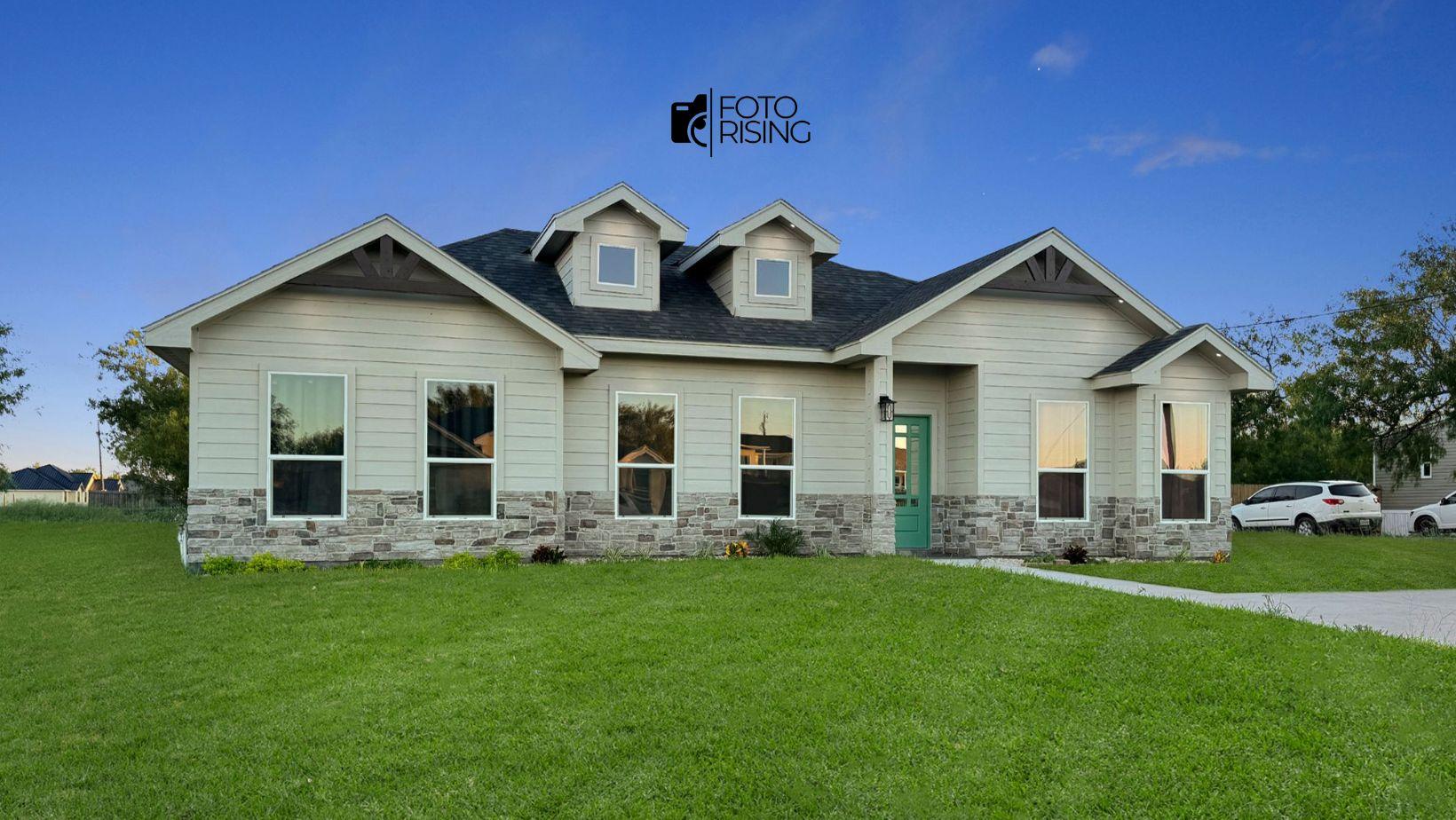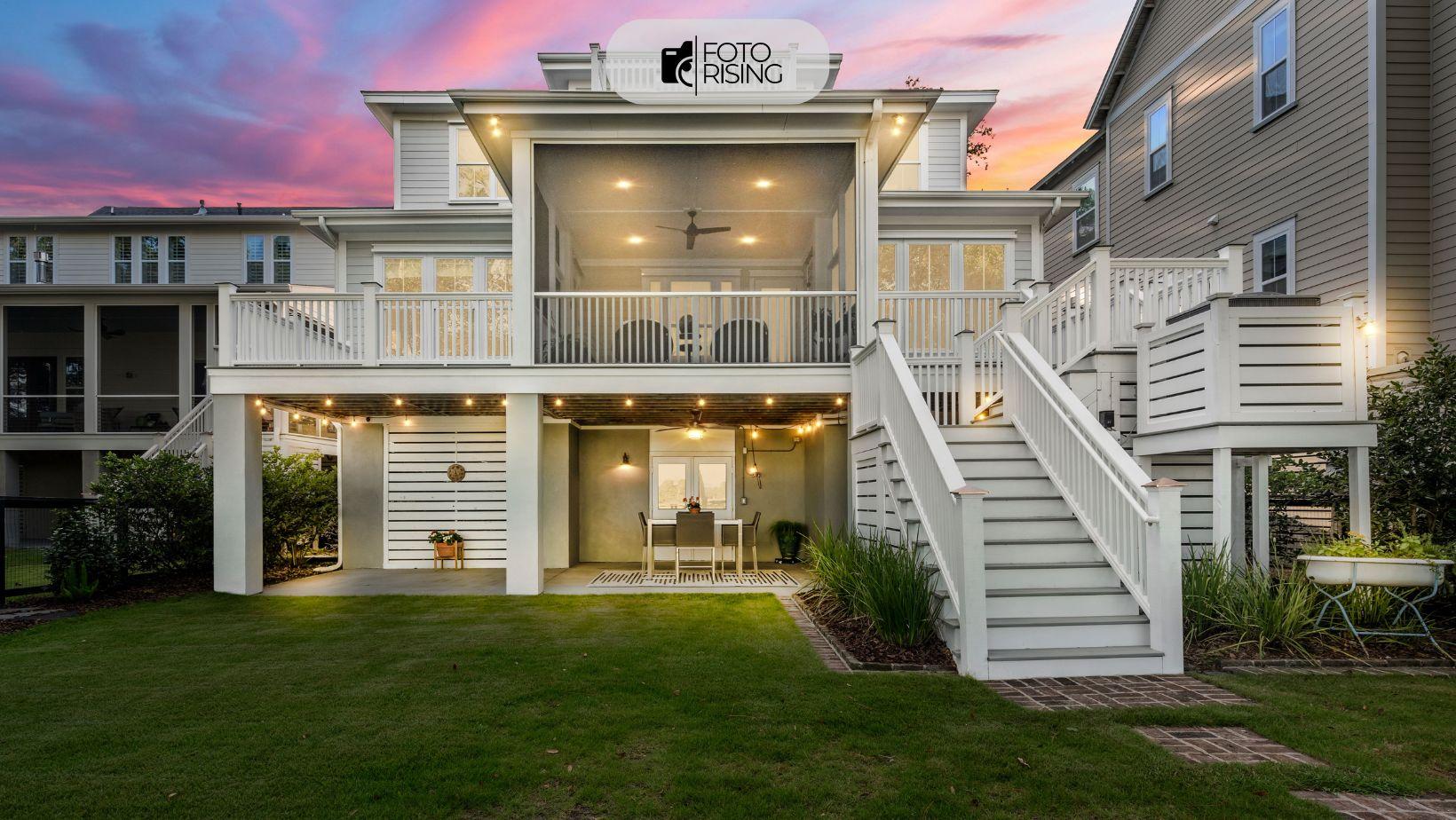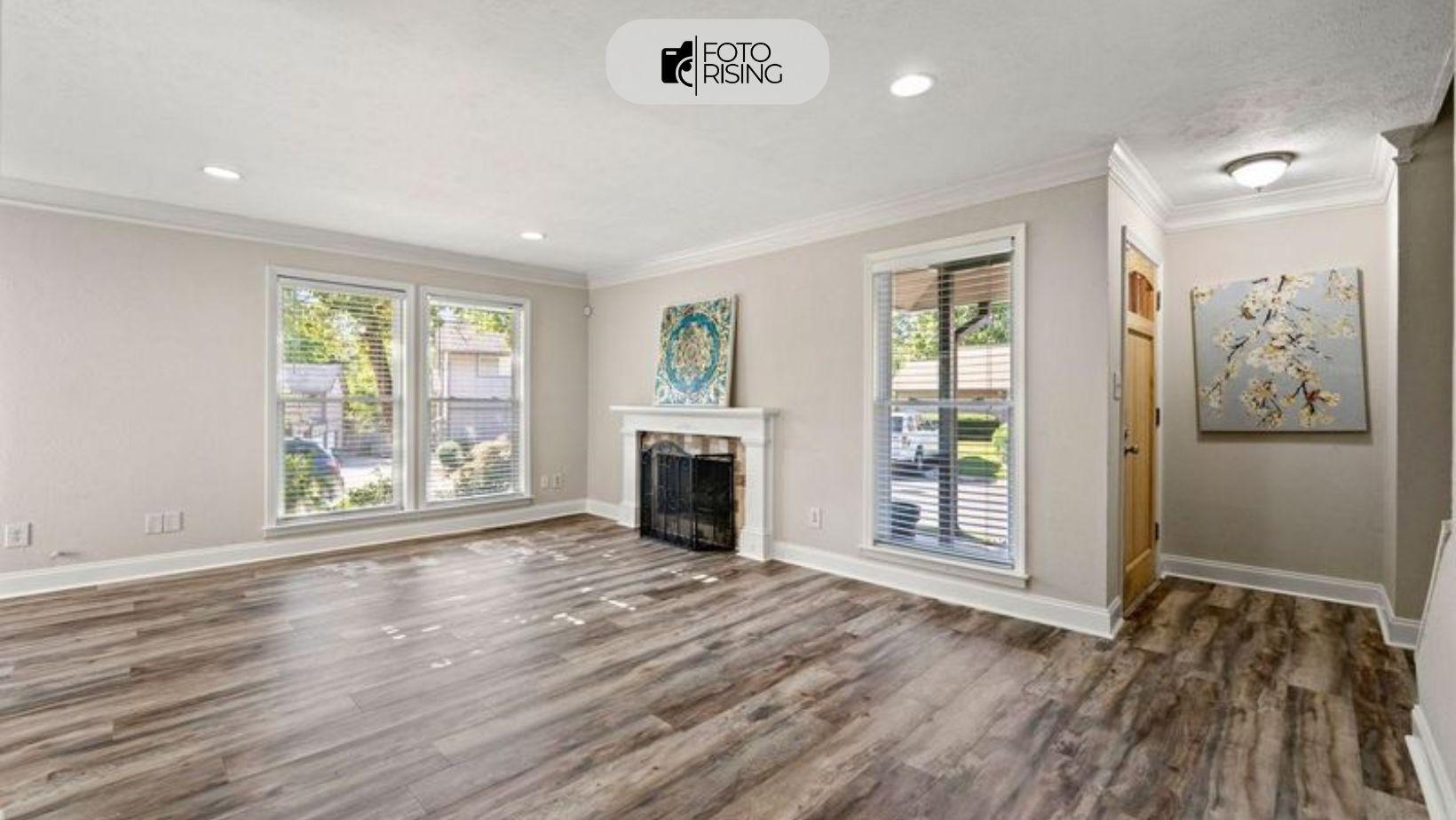When it comes to real estate photography, a high-quality tripod is an essential tool. It ensures sharp, stable images, especially when working with slower shutter speeds or wide-angle lenses. Choosing the right tripod can be challenging with so many options available, but in 2024, a few stand out for their stability, portability, and versatility.
In this guide, we’ll cover the top 5 tripods for real estate photography that will help take your images to the next level.
1. Manfrotto 190XPRO3 Aluminum Tripod
Key Features:
- Material: Aluminum
- Max Height: 63 inches
- Load Capacity: 15.4 lbs
- Weight: 5.5 lbs

The Manfrotto 190XPRO3 is one of the versatile, sturdy tripods perfect for real estate photography. Its innovative center column mechanism allows it to extend horizontally, which is useful when photographing tight spaces or low-angle shots—common in interior real estate photography. The aluminum construction offers a solid build without being too heavy, and the tripod can support a variety of camera setups, including DSLRs with large lenses.
Moreover, the quick power lock system ensures fast setup, and the 63-inch maximum height provides flexibility when shooting wide interior spaces. Its combination of portability, stability, and functionality makes it a great choice for photographers at all levels.
2. Peak Design Travel Tripod
Key Features:
- Material: Carbon Fiber
- Max Height: 60 inches
- Load Capacity: 20 lbs
- Weight: 3.4 lbs

The Peak Design Travel Tripod is a compact, lightweight option designed with portability in mind—ideal for photographers who need a tripod that’s easy to carry to location shoots. Despite its lightweight carbon fiber build, it’s incredibly sturdy, able to support heavy cameras and lenses. The tripod’s foldable design and small packed size (just 15.5 inches) make it easy to fit into a camera bag, making it an excellent choice for real estate photographers on the go.
The tripod’s ball head is intuitive and smooth, offering quick adjustments for framing shots. Its versatility, combined with a high load capacity and high-quality construction, makes it perfect for wide-angle shots or low-light conditions typical in real estate interiors.
3. Gitzo Systematic Series 3 GT3543LS Carbon Fiber Tripod
Key Features:
- Material: Carbon Fiber
- Max Height: 65.3 inches
- Load Capacity: 44 lbs
- Weight: 5.7 lbs

The Gitzo GT3543LS is one of the premium tripods for real estate photography built for photographers who demand top-tier performance and durability. Made from high-quality carbon fiber, this tripod is extremely stable, even with heavier camera setups. With a maximum load capacity of 44 lbs, it can support even the heaviest cameras and lenses—ideal for professional real estate photography.
Besides, the tripod’s modular design allows you to customize it with various accessories, such as a geared center column or different leg configurations, making it a flexible solution for both interior and exterior real estate shots. While it’s on the pricier side, the Gitzo Systematic Series is built to last and delivers exceptional performance, making it well worth the investment for professionals.
4. Benro TMA38CL Mach3 Carbon Fiber Tripod
Key Features:
- Material: Carbon Fiber
- Max Height: 65 inches
- Load Capacity: 35.3 lbs
- Weight: 4.6 lbs

The Benro TMA38CL Mach3 is a great balance of performance and value. Its carbon fiber legs provide strong stability without extra weight, making it easy to transport. With a max load capacity of 35.3 lbs, it can comfortably hold a DSLR or mirrorless camera with a heavy lens.
This tripod also features adjustable leg angles, giving you flexibility for shooting in tight spaces or low angles—common in real estate photography. The TMA38CL is durable and sturdy enough for professional use, while its price point is more accessible than higher-end models like the Gitzo.
5. Joby GorillaPod 5K
Key Features:
- Material: Aluminum and ABS plastic
- Max Height: 15.7 inches
- Load Capacity: 11 lbs
- Weight: 2.2 lbs

While not your traditional tripod, the Joby GorillaPod 5K offers exceptional versatility. Its flexible legs wrap around poles, furniture, or railings, allowing for creative angles and perspectives. This is particularly useful for real estate photographers working in tight or confined spaces where standard tripods may not fit.
Although it has a lower max height (15.7 inches), it’s an ideal choice for those looking to capture low-angle shots or creative perspectives. The GorillaPod 5K can support cameras up to 11 lbs, making it suitable for most mirrorless and DSLR setups. With portability, a lightweight design (2.2 lbs), and flexibility, it’s perfect for creative real estate shots.
Conclusion
The right tripods for real estate photography will depend on your specific needs—whether you prioritize stability, portability, or unique shooting angles. The Manfrotto 190XPRO3 and Peak Design Travel Tripod offer excellent all-around performance, with a focus on stability and portability. Besides, the Gitzo Systematic Series 3 is ideal for professionals seeking maximum strength and customization options. The Benro TMA38CL Mach3 is a solid choice for photographers looking for high performance at a mid-range price, and the Joby GorillaPod 5K is perfect for photographers who want to experiment with unconventional shooting angles in tight spaces.
No matter your preference, investing in a quality tripod will ensure sharper, more professional-looking real estate images. Choose the one that fits your shooting style and needs, and you’ll be well on your way to capturing stunning real estate photos.
Read more:
Best Cameras for Real Estate Photography in 2024: A Buyer’s Guide
How to Edit Real Estate Photos: A Step-by-Step Guide
How Do Walk-through Videos Affect the Real Estate Business?

